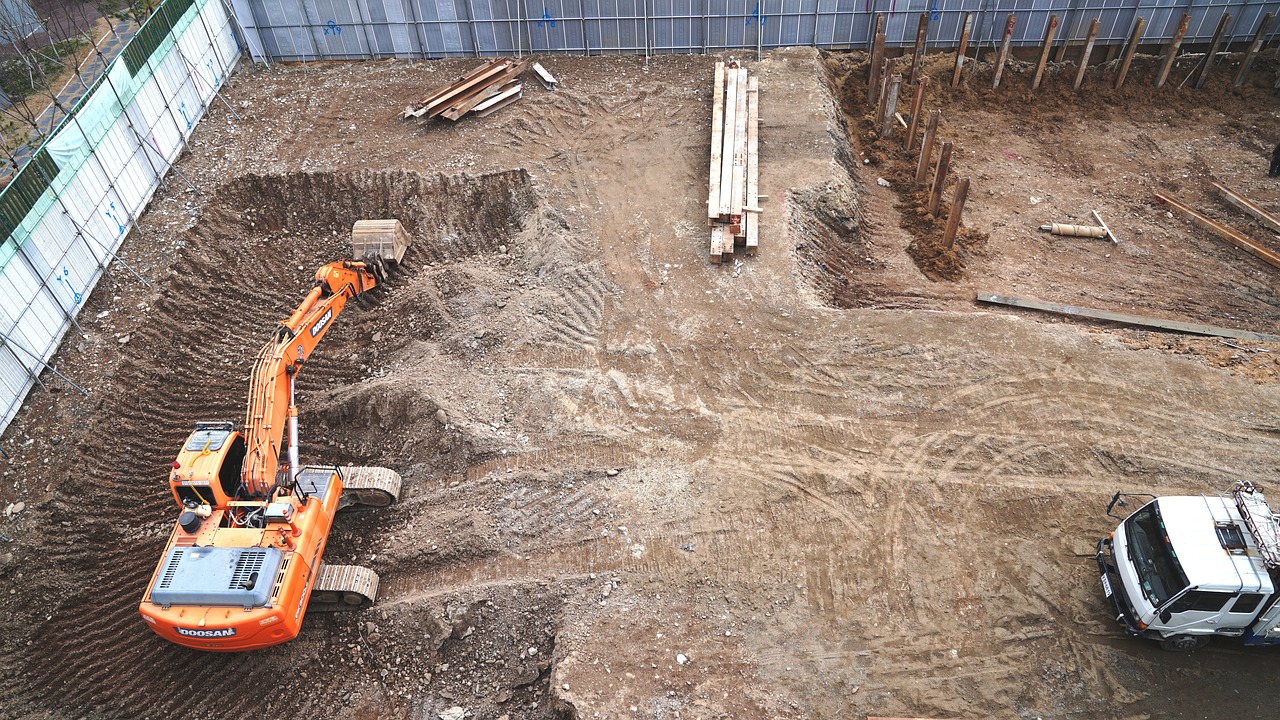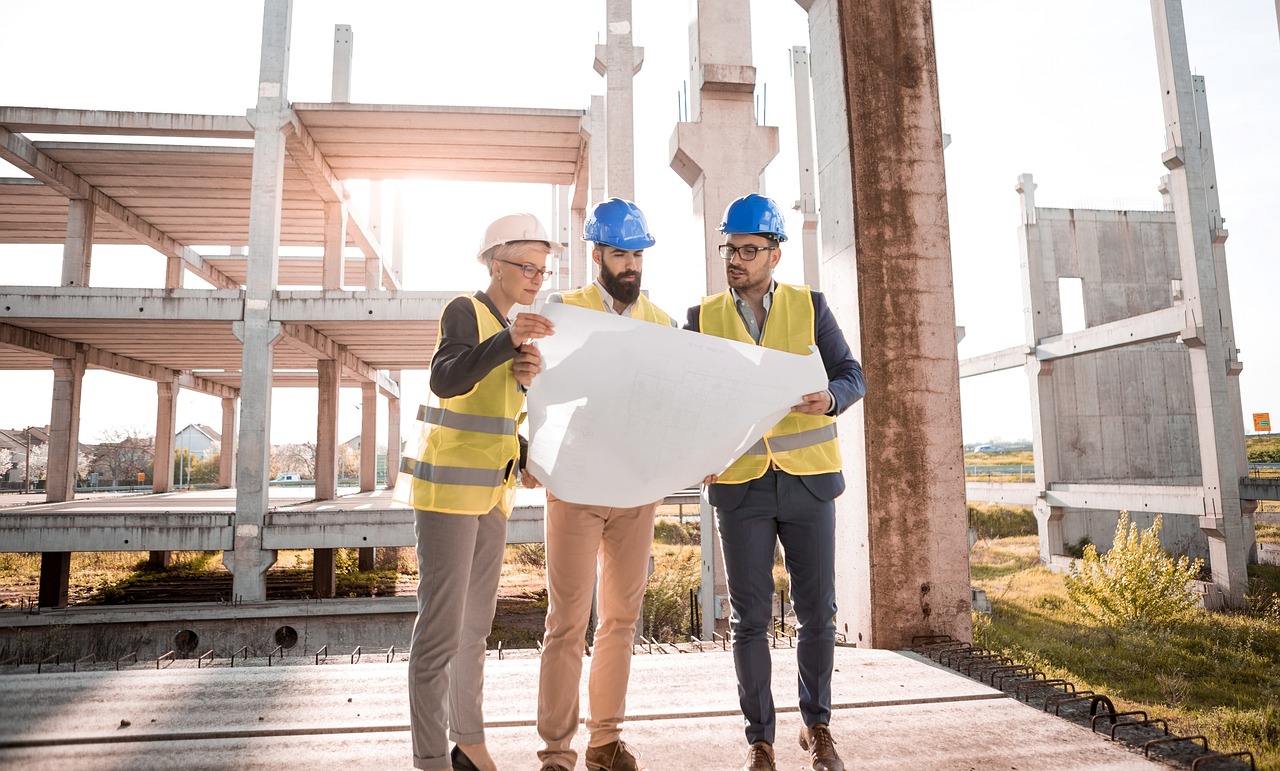Understanding Vapor Intrusion
Vapor intrusion (VI) occurs when vapor-forming chemicals migrate from a subsurface source—such as contaminated soil or groundwater—into an overlying building or enclosed structure. Contaminants include volatile organic compounds (VOCs) such as chlorinated solvents, petroleum products and methane. The signs of VI are not obvious, and risks include chronic exposure resulting in a variety of health effects. Additionally, methane gas brings risks of flammability or explosivity and can also be an asphyxiant.
Any structure on or near VOC sources can be affected. VOCs are commonly found at or near gas stations, dry cleaners, manufacturing facilities, landfills, power plants, military bases, airports and more. Vapor intrusion is not restricted to the source of VOCs—it can also affect nearby businesses and homeowners.


